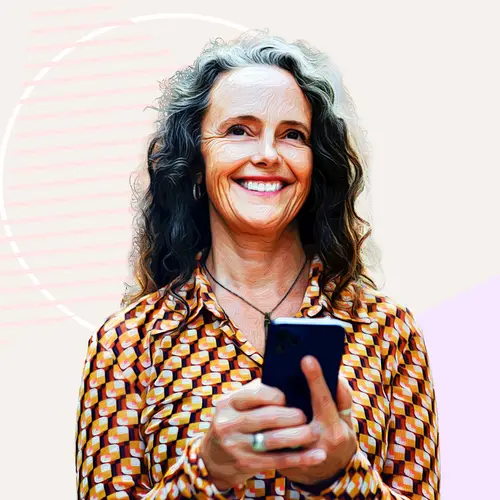Everyone has both unconscious and conscious parts of their brain. The conscious parts are what you use for the thoughts that you can control. The unconscious brain, however, is filled with information that you have stored away over your lifetime forming unconscious biases. You can change your unconscious biases if you want to, but it takes effort.
Learn more about how to manage unconscious biases.
What Is Unconscious Bias?
Unconscious bias, also called implicit bias, is the attitudes or stereotypes people hold deep in the unconscious part of their brains. These biases exist outside of your control and they may not match how you feel when you give conscious thought to the subject. Implicit biases guide how you respond to people or situations without you realizing they're part of your thinking.
Not all implicit biases are negative. You can have unconscious positive associations. For example, you might have an implicit bias in favor of fluffy, white dogs. That bias will make you automatically feel affection toward all the fluffy, white dogs you meet.
Implicit biases about people based on their race, age, sexual identity, or religion are more complicated than a bias toward cute animals. Your biases may be built on stereotypes or experiences that are outdated, overly general, or simply not correct. If you have unconscious biases like this, you may respond to people or situations in negative ways. This can be a problem if you let your biases affect you when you are hiring employees, meeting new people socially, or interacting with people in public.
Do I Have Implicit Biases?
It's hard to recognize your own implicit biases. You can't consciously connect with them because they are situated so deep in your unconscious thinking. You can't figure them out through typical introspection or even through traditional therapy.
Having unconscious biases doesn't mean you are consciously prejudiced. They are simply a part of how human brains function. In fact, your implicit biases can be different than your conscious opinions. Plus, they can change over time as you have new experiences that add to your subconscious knowledge.
How to Change Implicit Biases
Implicit biases are malleable, which means you can change them. Experts have found several ways to change your unconscious thinking and implicit biases, such as:
Look for people who defy stereotypes. Biases are partly based on experiences or information you acquired in the past. Adding new information or experiences can nudge the old biases in a new direction. For example, if you assume all nurses are women, seeing examples of male nurses as characters in tv shows can broaden your assumption about nurses.
Meet new people. We have long known that meeting people is a direct way to build new impressions of them. If you carry a bias about a particular group, spending time with people from that group will change your old impressions. However, not just any contact is good enough to rewire your biases. People are most likely to reconsider old impressions if they're spending time with social or professional peers. Working with diverse groups of people on a common goal is more effective at changing implicit biases than casual contact.
Be aware of implicit bias. Learning about implicit bias is the first step toward recognizing it in your own behavior. This is even more effective on an organizational level than for individuals. For example, when employers get training in how bias affects hiring, they can take steps to mitigate bias in the future.
Cultivate conscious empathy. Taking a moment to put yourself in someone else's shoes is an effective method for revising an old opinion. Considering multiple viewpoints stretches your own perceptions about an event, subject, or group of people. This new perspective can allow you to revise your past thinking.
Use mindfulness techniques. Mindfulness is a type of mediation where you focus on being acutely aware of what you are feeling in the moment without judging any of the sensations you feel. Researchers have found that people who engaged in a 10-minute mindfulness exercise before taking an implicit bias test showed less bias than people who didn't listen to the exercise. The researchers theorized that cultivating an open, non-judgmental state of mind decreases your reliance on automatic responses.
The Takeaway
Because unconscious biases are based on a lifetime of experiences, changing them may take time. Even if you continue to have knee-jerk responses, you don't have to follow those instincts. Whenever it's possible, take the time to consider how you're reacting to a person or situation. Give yourself a moment to decide if your first response is the one you actually want to follow. You may find that your conscious mind has a more nuanced approach to life.

